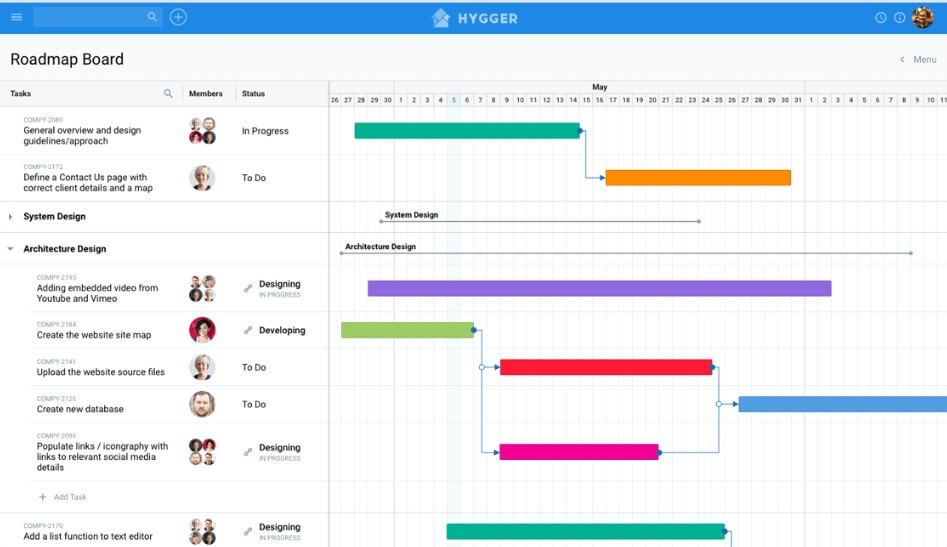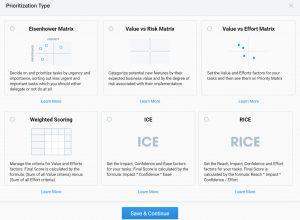11 Tips on How to Manage Time and Improve Deadline Management Skills

Deadlines are critical for management in any field. They are the best helpers in achieving both large and small objectives. They affect productivity and motivate teams.
However, it’s not a good idea just to set arbitrary deadlines for all of your projects. All deadlines must be strategic and deadline driven management teaches how to do it professionally.
Strategic deadlines are aimed to lead you to your desired goals every day, week or month. There are many people who hate deadlines but deadlines are really worth to be appreciated instead.
Why do people miss deadlines?
The reasons why deadlines are not met may be different. Regularly missing important deadlines can lead to negative consequences. It may impact employees, the whole team or even the company.
If deadlines are fallen, it can provide a chain reaction effect whereby when you miss a deadline on one activity it can delay your other tasks.
What to do if you miss deadlines?
When you fail to meet a deadline, follow the next steps that may help you to get back on track:
- Never doubt about apologizing for not meeting deadlines
- Try to warn early on possible delays
- Ask for a deadline extension
- Prepare a mitigation plan
- Try to turnaround the work as fast and correct as possible.
- Ask for help in meeting deadlines.
- Use the lesson learned to avoid possible mistakes in future
Here’s our set of tips on how to manage time:
11 steps to improve deadline driven management
1. Start with mastering to-do lists

To-do lists of any format, size, and visualization are really helpful in management. It is a kind of axiom.
List down all specific tasks that you want to do before beginning prioritization. This will give you a big picture overview of your workload. In your to-do list, mention all short-term and long-term activities that you need to complete. Identify the due dates for each task.
It’s a good idea to update to-do lists at the end of each day, deleting items that have been completed and adding new ones.
The next level may be connected with applying a smart roadmap – the high-level perspective of what will happen over time and what you’ve planned.
2. Break down your tasks to smaller time units

This is a common and useful practice in management to take a big project and break it down into smaller tasks.
However, the better way is to take the time frame you decided on and break it down into one-month units, then one-week units.
3. Prioritize your work

This is our permanent mantra: prioritizing your tasks where you select what should be done first or immediately will help you to properly manage your time.
Prioritizing assists you to see the highest to the lowest priority tasks. It’s never late to start prioritizing: you can do it once a day and sometimes even multiple times as priorities change during the day.
Choosing the best way to prioritize can be a challenge. Hygger prioritization frameworks are aimed to help you in prioritization in different ways:
4. Identify long-term priorities

Short-term priorities have a small window before they should be completed (from a few minutes to a few hours or even a month). Priorities with the long term have a longer time period (usually, more than 1 year to complete).
You deal with long-term priorities when, for example, are planning a conference or any important event, preparing annual budgeting or implementing a new system.
5. Estimate time and effort

Estimating the time and effort for completing a task helps to organize priorities and enables you to have a realistic plan. Be realistic on what you can do during a day. The more realistic your task list the better outcome you’ll get.
Sometimes, it’s not easy to estimate how long it would take to do a particular task. Rely on your best estimate and inquire from others who have done it.
6. Optimize deadlines

Deadlines help in managing priorities. They provide managers with a roadmap on how much time they have to complete their tasks. If the deadline is met, it helps to track and measure progress and accomplishments and you have no pressure.
Develop your convenient roadmap and visualize all the steps needed to reach the end goal.
7. Work with interruptions

An interruption may occur in any part of the working day.
Too many interruptions can damage your productivity and steal valuable time. It’s about endless calls, unnecessary emails, messages, app notifications, chatting with colleagues, etc.
When you get interrupted, you need time to get back to a steady working pace and concentrate. Try to come up with solutions to keep the interruptions under control.
8. Optimize meetings

Reduce the number of meetings and organize only the most necessary of them. Preparing agendas in advance. Well-planning agenda helps to prioritize the important issues to discuss.
Try to send the agenda at least a few days in advance to meeting participants.
9. Give updates regularly

Regular providing status updates for your top management or team members. It may be achieved through regularly scheduled meetings.
Reporting of status updates are also important. You may use email updates, morning huddle meetings, weekly status update reports, telephone conversations, etc.
10. Streamline routine processes

Optimizing your project processes may help in efficiently utilizing your time and resources.
Handling routine or repetitive stuff is about mapping out all the steps required to complete an activity. Capture them with the standard operating procedures and with checklists. There are always some areas to eliminate or consolidate steps.
Prepare templates that help to save time (weekly report templates, to-do list template, budget template, roadmap template, etc.)
11. Be ready for changes

Deadlines and priorities may often e changed. These changes may happen anytime, they can have the potential of throwing your well-prepared plans into disarray. It definitely heightens pressure to perform to meet tight deadlines. Deadlines and priorities can be changed because of many factors (a client request, increasing the work scope, cancelation the project and so on.)
Try to be flexible and adaptable and aim to change gears as smoothly as possible.
We hope that these tips will help you to improve your deadline management and you’ll quickly become a real productivity guru.







